Ever wonder what happens when instinct meets flexibility in the canine world? Not all tracking dogs are relentless scent machines; some prefer to follow their noses only when the mood or the moment is just right. These occasional trackers balance an innate talent for scent work with a laid-back disposition, making them both fascinating companions and versatile performers.
From long walks in the woods to casual backyard sniff quests, these breeds offer bursts of tracking brilliance without the intensity of full-time scent hounds. Their charm lies in the unpredictability; they might surprise you with their sharp nose one day and nap through the squirrel parade the next.
For dog lovers intrigued by instinctive behaviors, breeds like these offer a perfect balance of purpose and play. These occasional trackers combine companionship with just enough working drive to keep life interesting, and sometimes hilariously unpredictable.
Occasional Tracking Dog Breeds
1. Bloodhound
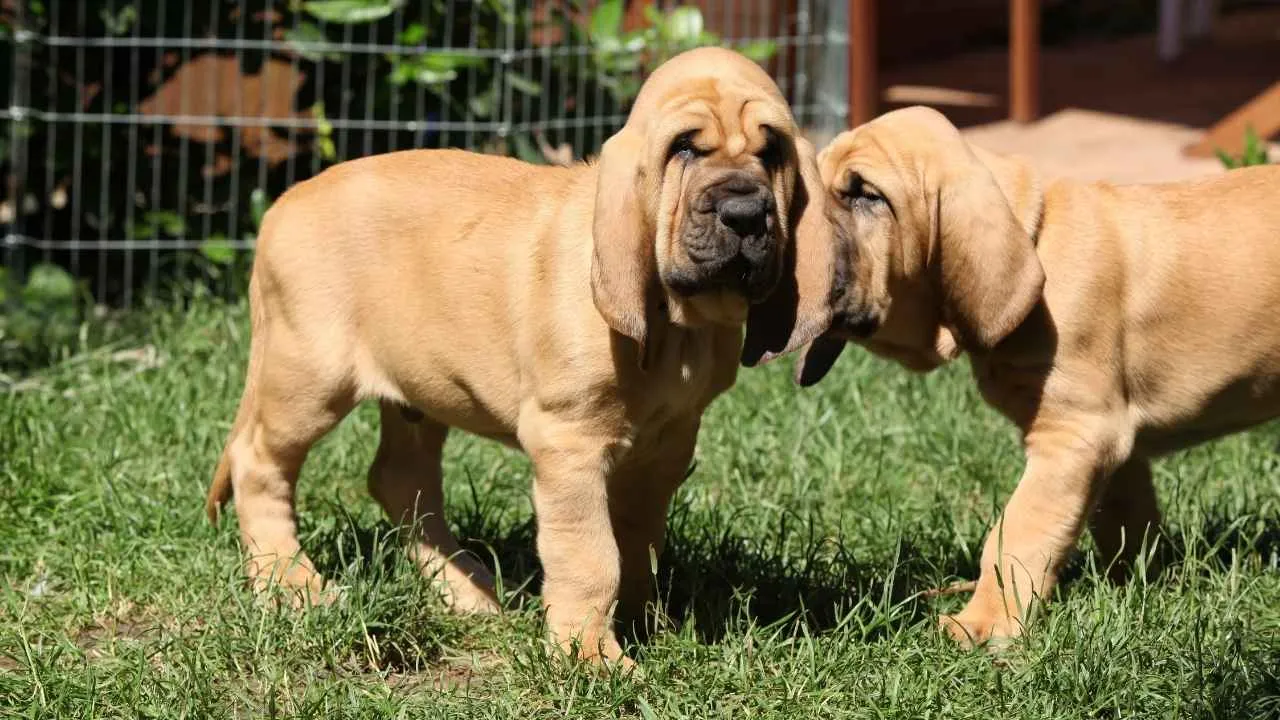
With a nose that ranks among the most powerful in the canine world, the Bloodhound is a legend in scent-tracking circles. This breed is equipped with around 300 million scent receptors, far more than the average dog, making it an occasional but highly effective tracker when the motivation strikes. While they might not chase every trail, once a Bloodhound decides to follow a scent, their focus is second to none.
Despite their immense tracking potential, Bloodhounds are known for a surprisingly laid-back demeanor. They’re affectionate companions who thrive in a calm, structured environment, preferring a sniffing session in the woods over rigorous drill-based training. Their independence can sometimes be mistaken for stubbornness, but it’s simply their thoughtful nature at work.
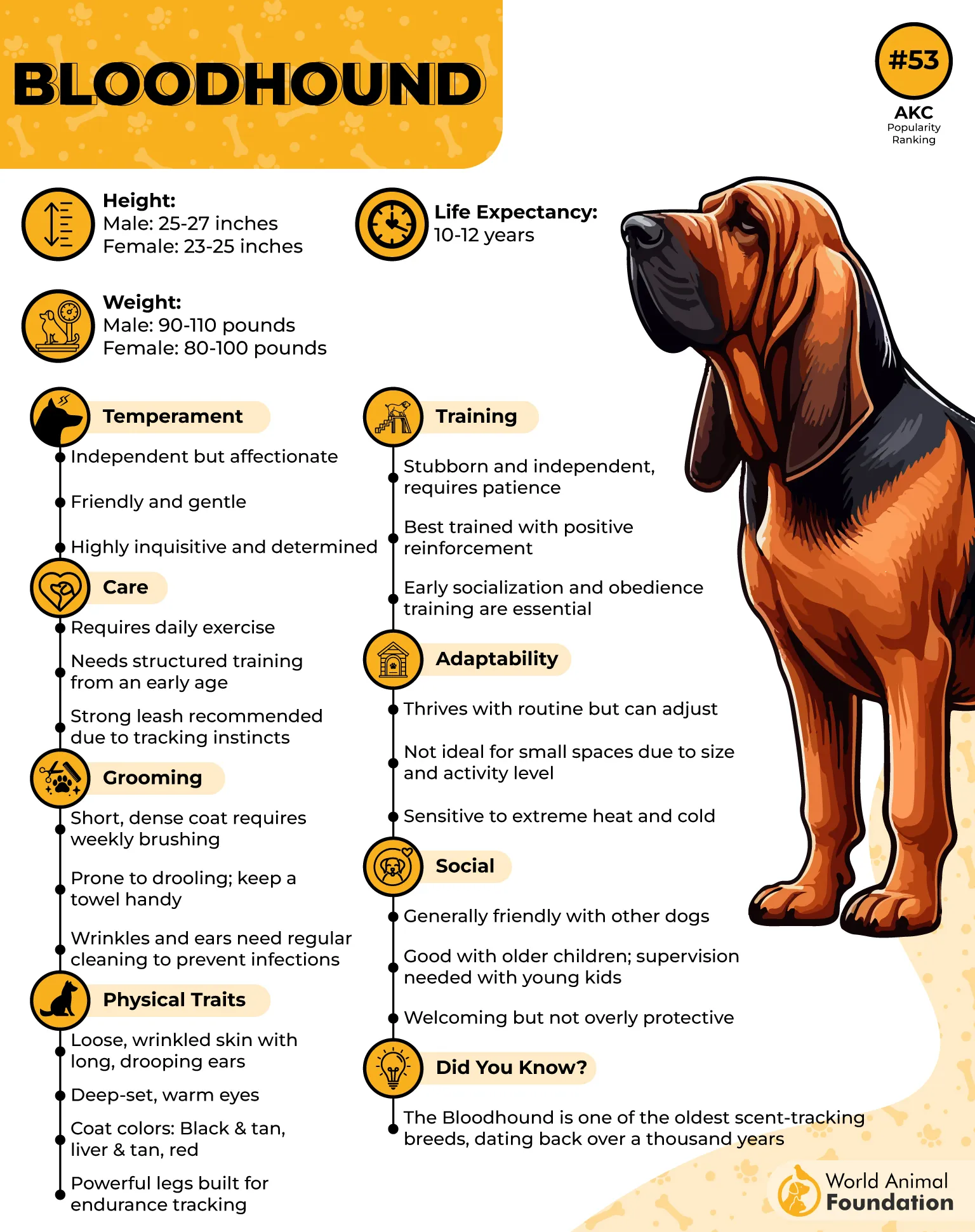
What truly sets the Bloodhound apart is their ability to balance incredible olfactory capabilities with a gentle, sometimes comical personality. They’re not the most eager-to-please breed, which can make consistent training a bit of a challenge, but with positive reinforcement, they respond well over time.
Physically, they’re large and unmistakable, with droopy ears, loose skin, and soulful eyes that give them a signature look. These features aren’t just aesthetic; their long ears and wrinkled skin actually help channel scent toward their nose when tracking.
Though they may not track as frequently or instinctively as some other breeds, Bloodhounds still excel when given the right cues and environment. For handlers who enjoy a bit of unpredictability with flashes of brilliance, this breed delivers unforgettable moments; nose first, of course.
2. German Shepherd
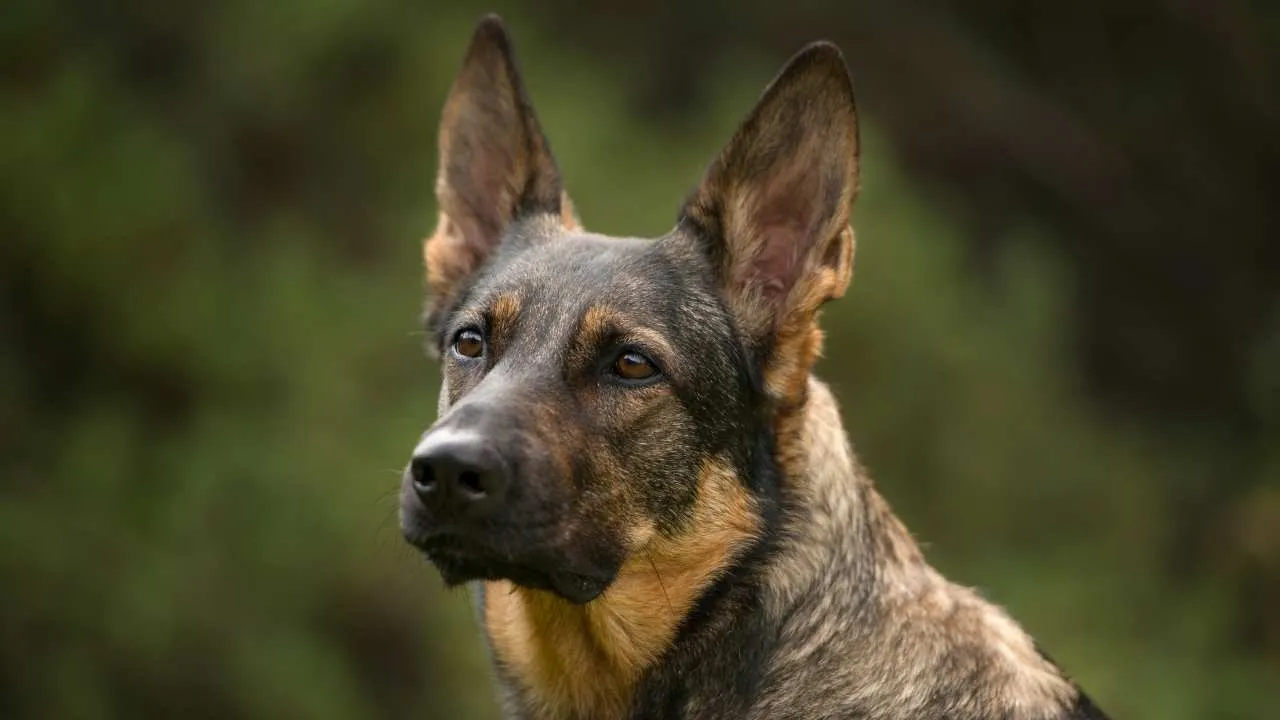
Known for their versatility and sharp intellect, German Shepherds are impressive tracking dogs, though they often use their nose selectively rather than obsessively. Their innate skills shine when needed, especially in structured scenarios like advanced obedience sports. Rather than constantly chasing scents, they exhibit a focused, purposeful approach to tracking, using their instincts more like a refined tool than a reflex.
German Shepherds bring a balanced mix of independence and responsiveness to training. They thrive under clear guidance and routine, making them ideal for owners who enjoy active involvement in training but don’t expect constant vigilance. Their occasional tracking behavior doesn’t indicate a lack of ability; just that they’re not always “on the hunt” unless prompted or the environment calls for it.
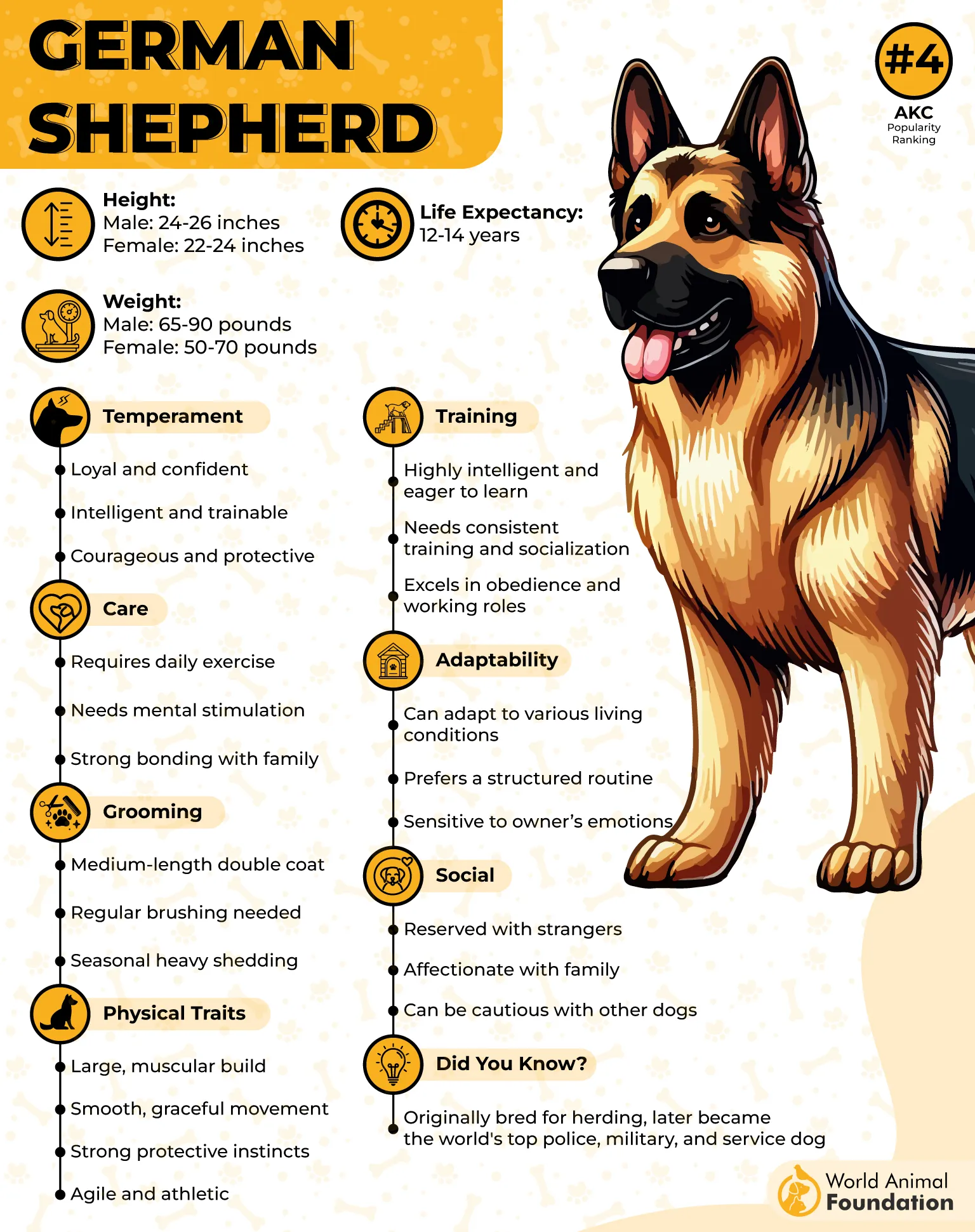
Bred originally for herding, their historical background influences their strong work ethic and ability to assess complex situations quickly. When a trail presents itself, they’re more than capable of following it with persistence and accuracy. Still, they’re equally comfortable switching gears and relaxing with their family, making them reliable and adaptable companions.
With the right encouragement, these dogs can be exceptional in a range of tasks beyond tracking. Whether it’s scent work, agility, or simply being a devoted partner, German Shepherds carry themselves with a noble, alert presence and a deep loyalty to their humans.
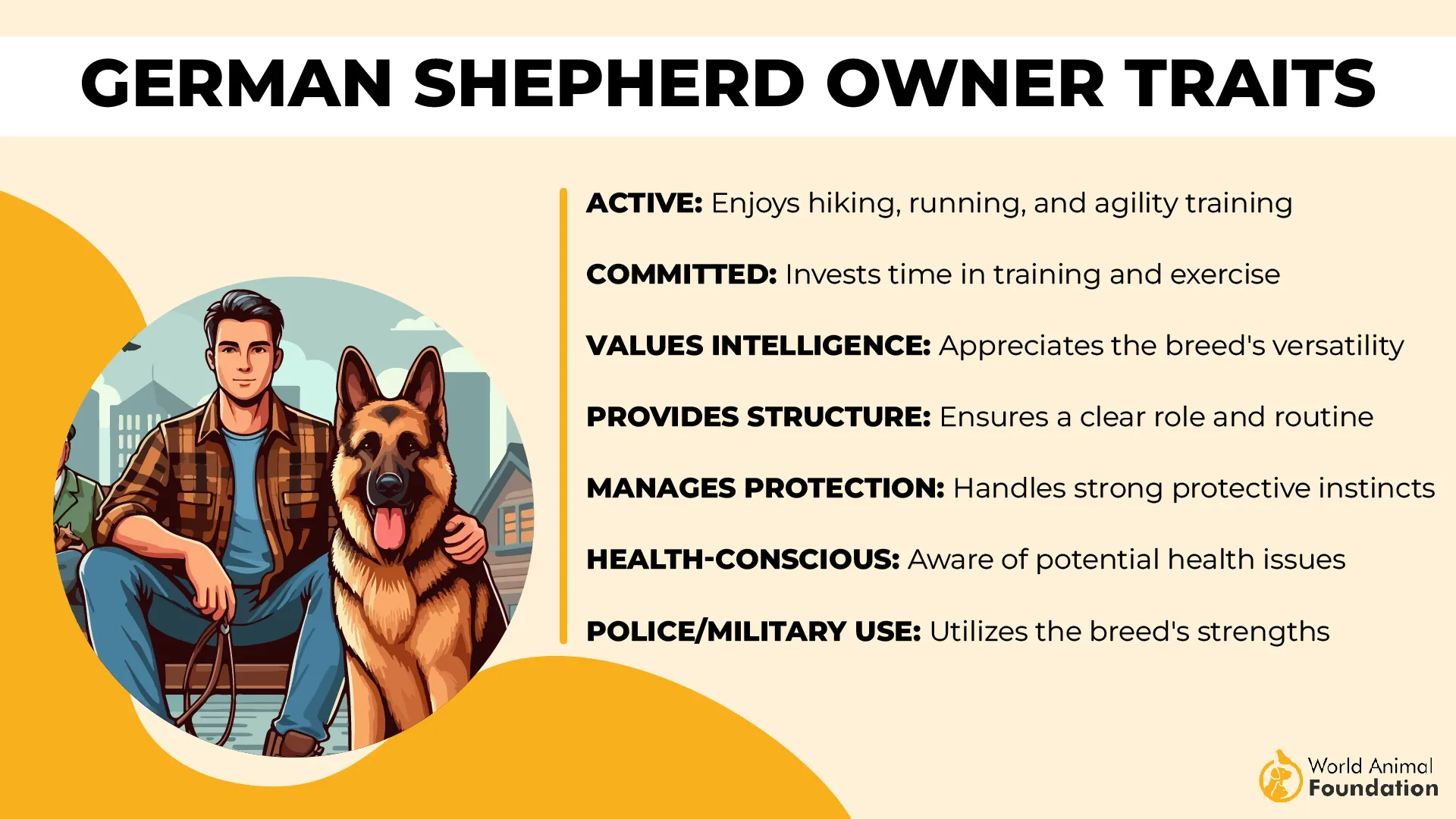
For those seeking a dog that can track with precision but also turn off the drive when the job is done, the German Shepherd is a steadfast and intelligent choice, ready to step up when it counts.
3. Labrador Retriever
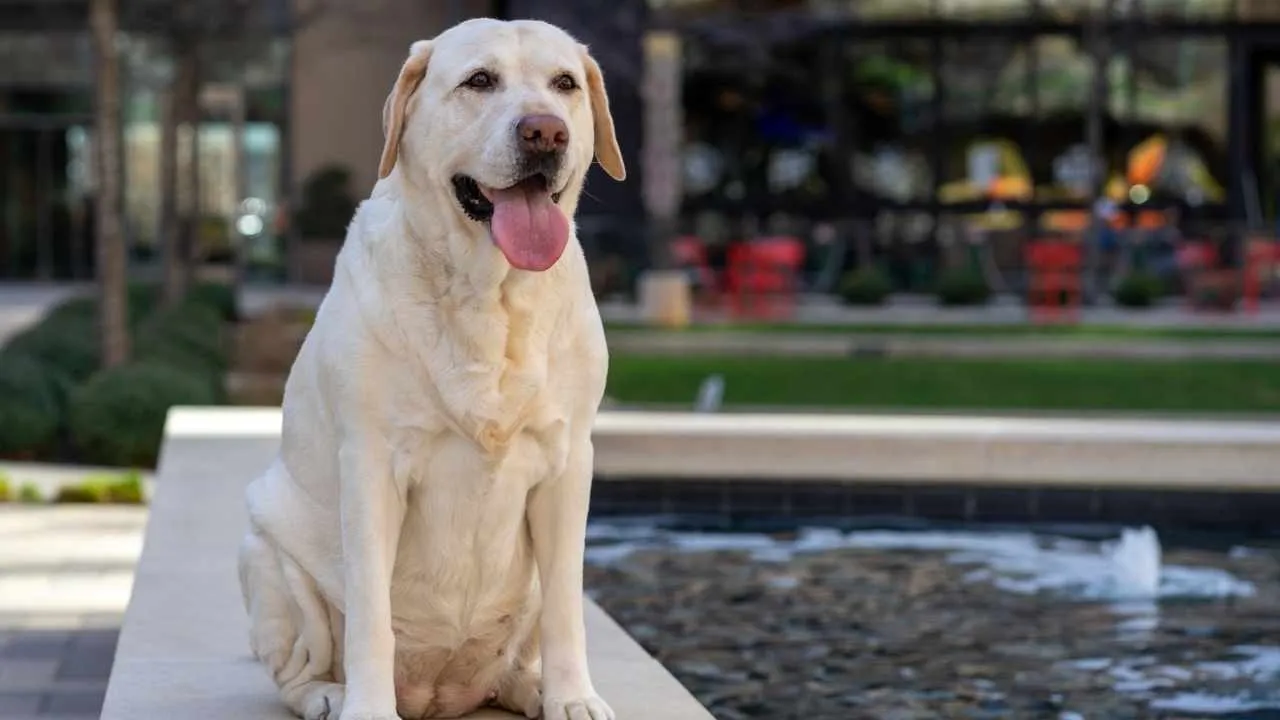
The Labrador Retriever may not track with obsessive intensity, but when the motivation strikes, usually involving a favorite human or hidden object, this breed proves surprisingly capable. Known more for their role as versatile companions than nose-to-the-ground sleuths, Labs strike a balance between work ethic and relaxed charm. They’re intelligent, eager to please, and blessed with a keen sense of smell that shines during structured tracking sessions.
While not the first name that comes to mind in scent-driven circles, Labradors are no strangers to tracking games, especially when food or fun is involved. Their biddable nature means they’ll stick with a trail, at least until something more exciting shows up. This occasional dedication makes them ideal for hobbyist tracking, nose work sports, or casual outdoor adventures rather than professional search-and-rescue missions.
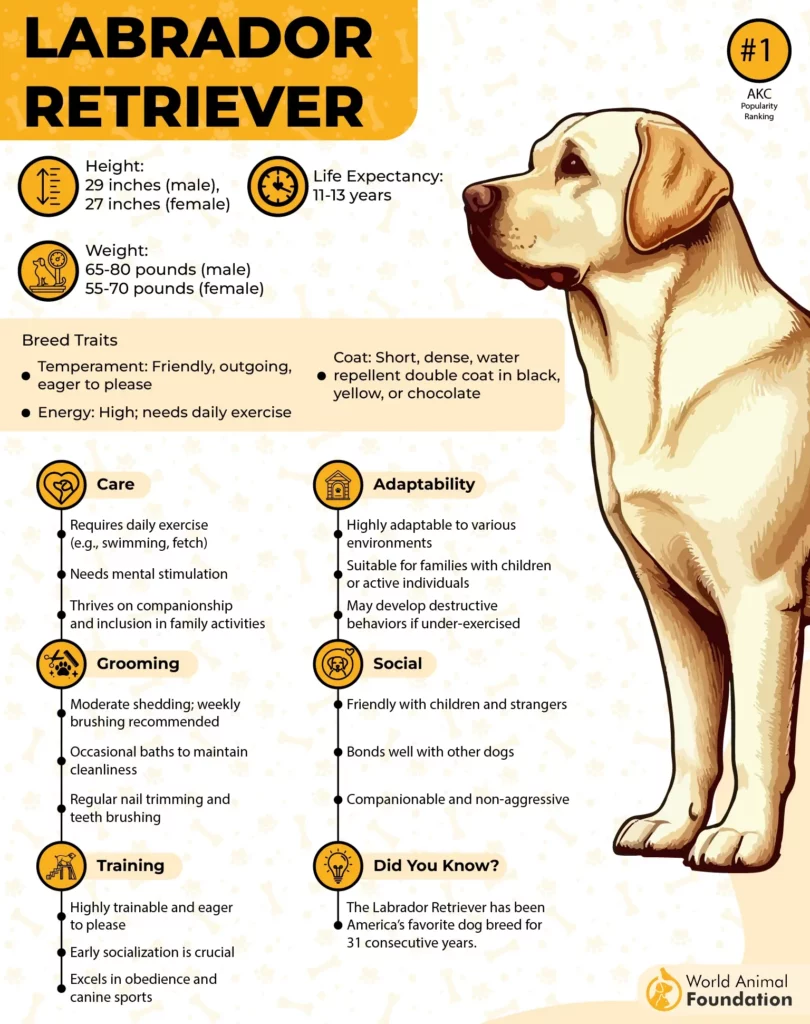
Part of their tracking success lies in their overall disposition. Labs are enthusiastic learners and respond well to positive reinforcement, making basic scent training a breeze. They’re not prone to stubbornness, though they do have a playful streak that can sometimes derail focus.
Labrador Retrievers also thrive in active households, especially where training is seen as a bonding opportunity rather than a rigid routine. Their adaptability allows them to enjoy scent games one day and fetch sessions the next.
So, while they may not track with relentless drive, when a Labrador tunes in, expect reliable results, and a wagging tail to go with it.
4. Coonhound
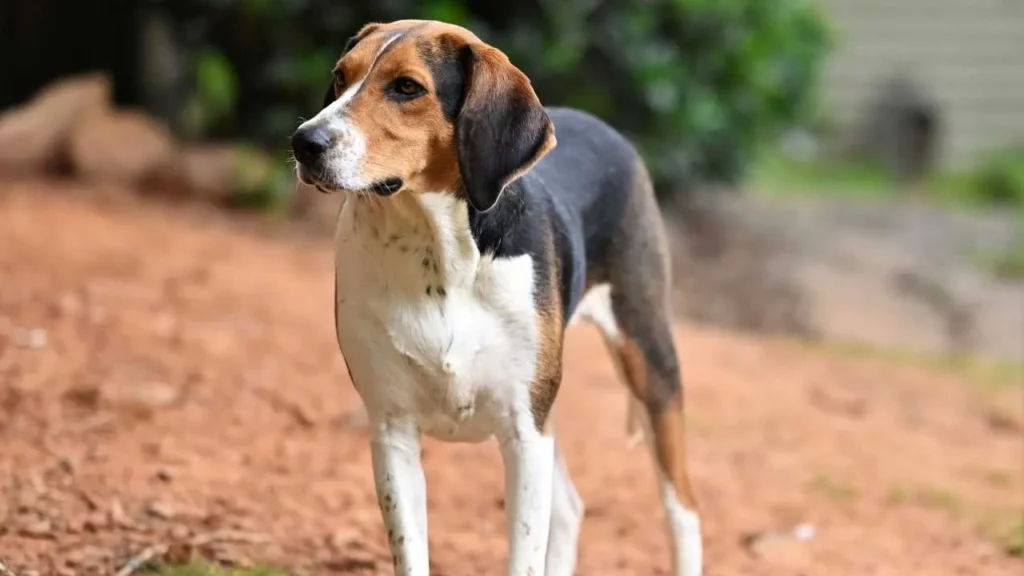
With a nose that’s born for the trail and a voice that echoes through the woods, the Coonhound stands out as a capable, if selective, tracker. These dogs aren’t driven by the constant need for scent work, but when the occasion arises, especially if there’s something worth chasing, they’re more than ready to spring into action. Their ability to switch between active tracking and laid-back lounging is part of what makes them such versatile companions.
Coonhounds bring an unmistakable hound dog charm: a blend of independence, confidence, and mild good-naturedness, as per PetMD. While they’re not known for obsessive scent work unless prompted by a particularly compelling trail, their instinctual drive can kick in suddenly and powerfully. That unpredictability is part of the fun and part of the challenge when owning a Coonhound.
Training these dogs requires patience and a good sense of humor. They’re smart, but also independent thinkers, often weighing commands against their own priorities. Structured training with positive reinforcement helps channel their natural abilities without dulling their spirit. They thrive with owners who understand their occasional working mindset and appreciate their quirks.
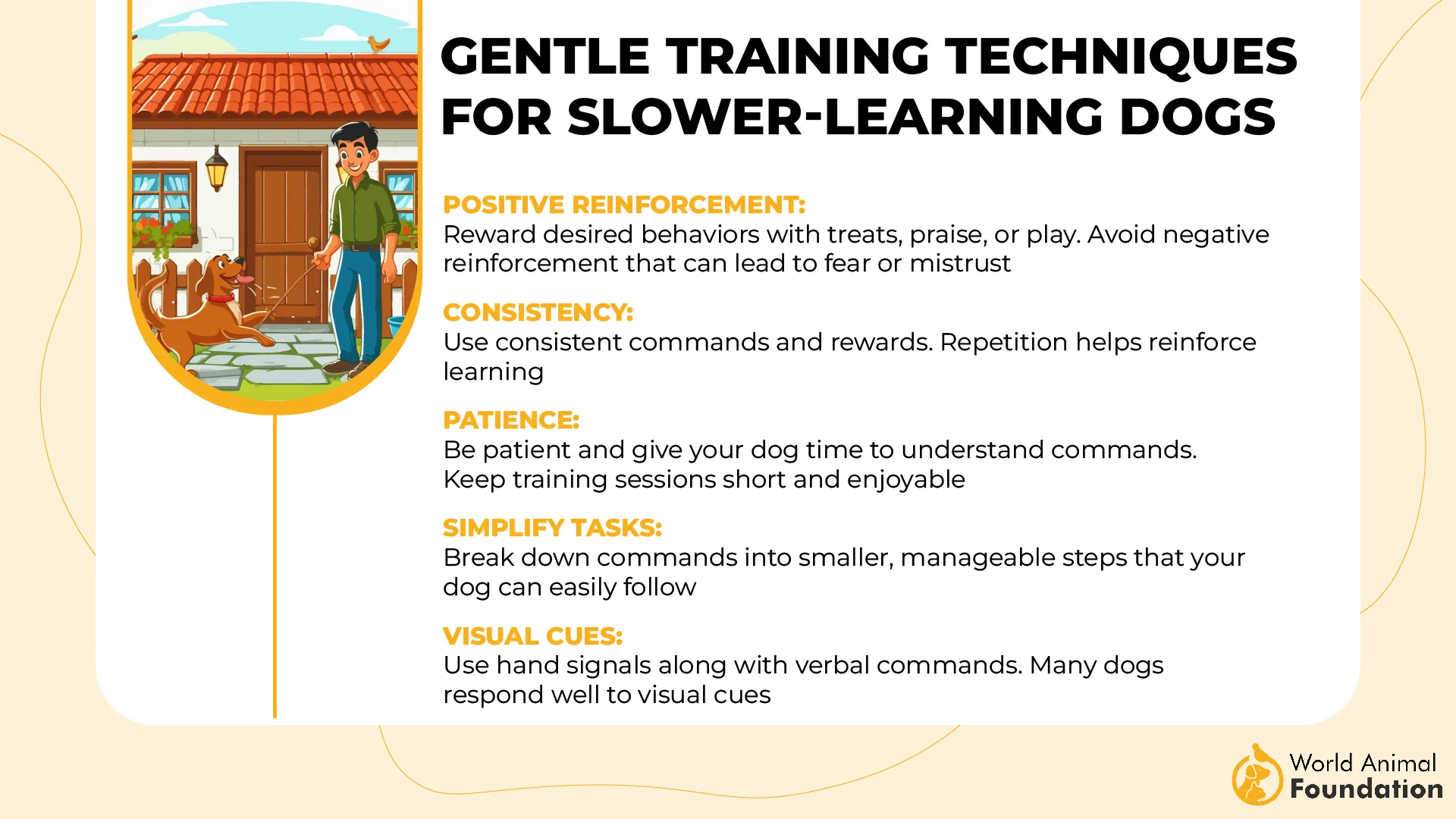
When not following a scent, Coonhounds are easygoing housemates. They enjoy creature comforts and can snooze contentedly for hours. However, without enough stimulation, they can become vocal or downright mischievous. Daily exercise and opportunities to explore new scents help keep their minds engaged.
Ultimately, the Coonhound is ideal for owners who want a dog that’s capable of impressive tracking feats but doesn’t demand them every day. They’re great for those who enjoy occasional fieldwork or adventures where a strong nose comes in handy, followed by long, peaceful naps at home.
5. Beagle
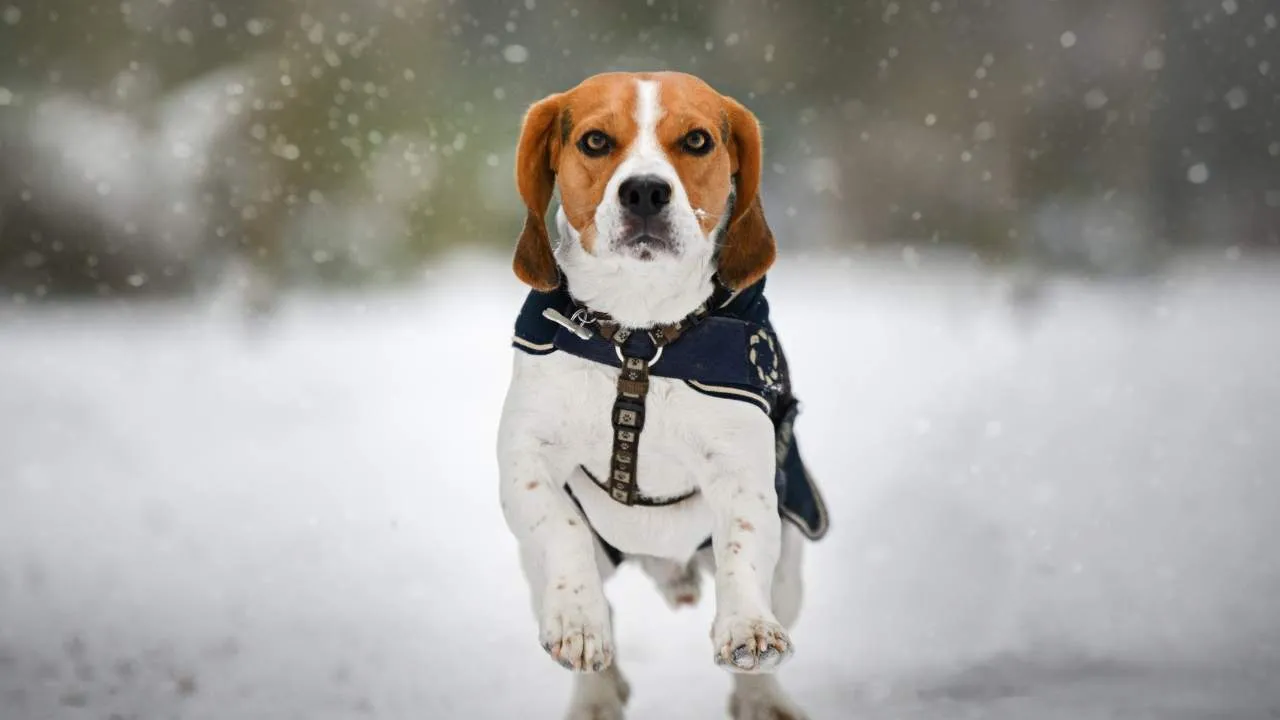
Compact, curious, and brimming with nose-driven enthusiasm, the Beagle is an occasional tracker that doesn’t always need a scent trail to keep life interesting. This breed’s sharp sense of smell has earned it a reputation as a talented scent hound, though it doesn’t come with the intensity of full-time working dogs. Beagles are more likely to treat tracking as a spontaneous game; sniffing out critters or treats during walks rather than launching into a mission every time their paws hit the ground.
Despite their relatively small size, Beagles have the heart of a true hunter. They were bred for pack hunting, which explains their sociable demeanor and tendency to follow their nose in unison with others. Their independent streak, however, can sometimes overshadow their willingness to listen, especially when something interesting catches their attention mid-walk.
According to AKC, training a Beagle requires patience and creativity. These dogs respond well to positive reinforcement but can lose focus if they’re not engaged. Their occasional tracking nature makes them perfect for families or individuals who want a scent-driven companion without the rigorous demands of a full-time tracking dog.
One of the Beagle’s biggest strengths lies in its adaptability. While they’ll eagerly follow trails through a backyard or hiking trail, they’re just as content lounging with the family after an active day. Their even temperament, combined with their compact build, makes them especially suitable for households with kids or other pets.
Ultimately, the Beagle brings the charm of a scent hound with a lighter tracking load. They strike a balance between spirited exploration and homebody snuggles, offering bursts of nose work without demanding a job every day. It’s this blend of playful instinct and laid-back attitude that makes the Beagle a beloved occasional tracker.
6. Bluetick Coonhound
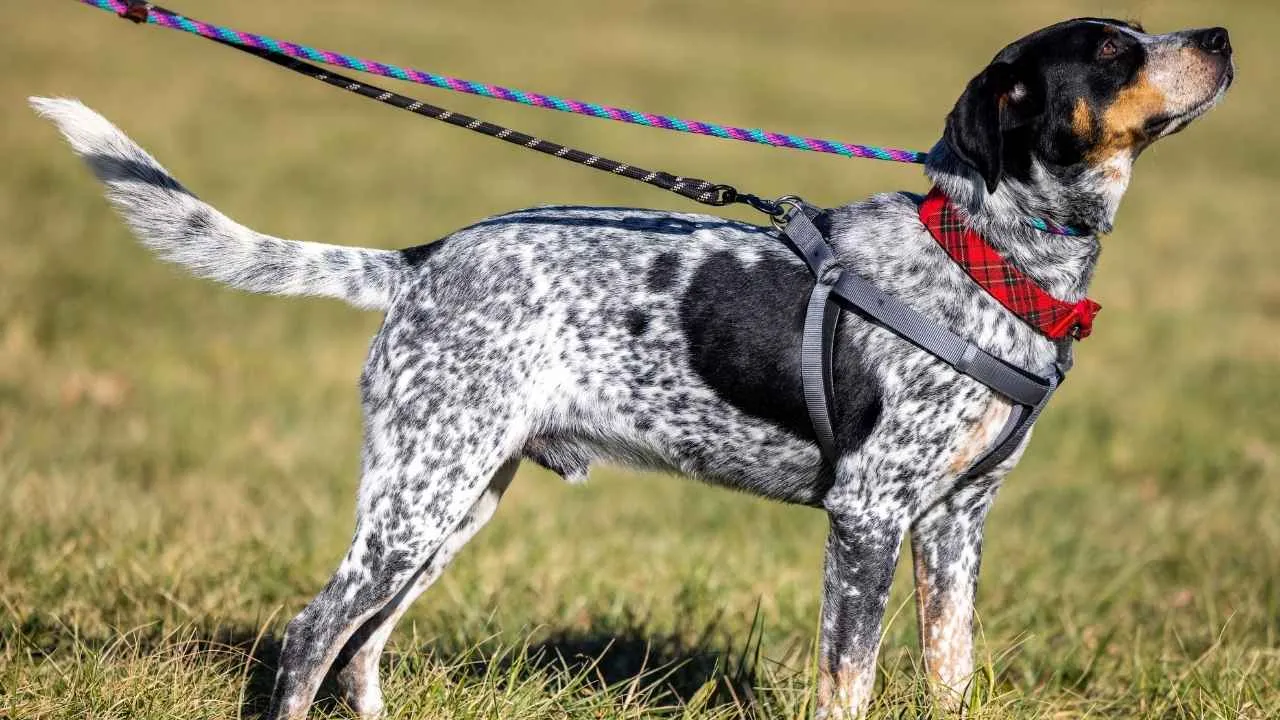
WebMD states that Bluetick Coonhounds are loyal and affectionate to their families. With its striking blue-speckled coat and unmistakable bay, the Bluetick Coonhound makes a bold impression both in the field and at home. Known for their determined tracking instincts, these hounds were bred to follow scents across rugged terrain, often under the cover of night.
Their strong prey drive and focused nature make them highly effective on the trail, though they’re best described as occasional trackers due to their independent streak and need for motivation to stay fully engaged.
Blueticks don’t track for the sake of it; they track when it means something to them. This independent thinking can make them a bit of a challenge for novice handlers, but it also highlights their intelligence. When properly motivated, they show persistence and drive, especially when following a cold trail. However, their reliability can vary, depending more on the dog’s mood than on the scent’s strength.
While they thrive on activity and exploration, Blueticks are also laid-back companions who love lounging after a long outing. They enjoy being part of a household and do best in homes where they can interact frequently with their family. Their vocal nature and high energy levels are best managed with regular exercise and mental stimulation.
Training a Bluetick Coonhound requires patience and a good sense of humor. These dogs are clever but not overly eager to please, so consistent, reward-based training works best. It’s important to channel their instincts early on to prevent them from developing stubborn habits.
For those who appreciate a dog with personality, drive, and a bit of mischief, the Bluetick Coonhound brings both challenge and reward. Their occasional brilliance in tracking is matched only by their unwavering loyalty and charm.
7. American Foxhound
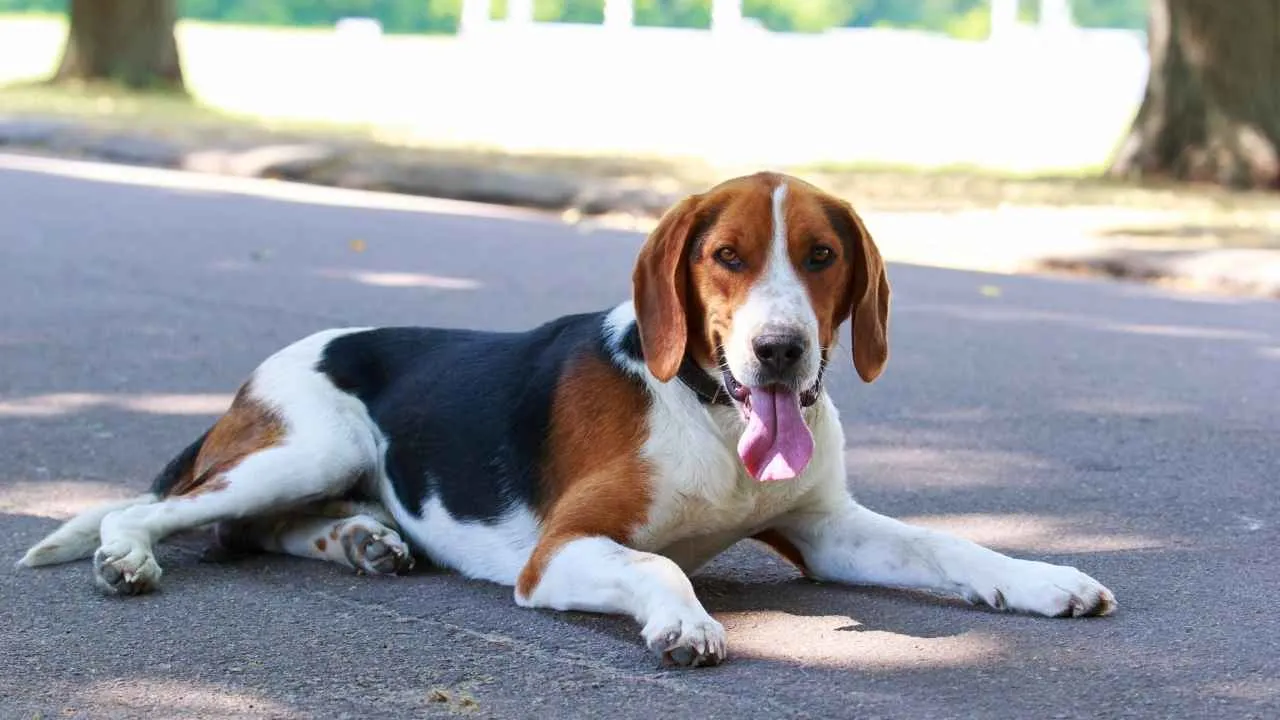
The American Foxhound may be one of the oldest dog breeds in the U.S., but don’t let its historic roots fool you; this hound still knows how to follow its nose when the moment strikes. Originally bred for fox hunting, this sleek and agile breed is built for endurance, with a sturdy frame and a keen sense of smell. While its tracking instincts are real, the American Foxhound tends to engage them sporadically, making it a perfect example of a dog that tracks on occasion rather than by compulsion.
Unlike breeds that are locked into their prey drive, the American Foxhound shows impressive flexibility. In everyday life, it’s more likely to be a friendly companion than a full-time tracker. It thrives in active households that give it opportunities to roam and sniff, but it doesn’t demand constant stimulation. That balance makes it a practical option for families or individuals who enjoy occasional field outings without needing a dog that’s always “on the clock.”
Its easygoing nature is complemented by a gentle, affectionate temperament. American Foxhounds are typically good with children and get along well with other dogs, especially in a pack setting. They are known for being patient and tolerant, but they do have an independent streak. This means they benefit from early training and socialization to help channel their natural instincts in constructive ways.
As natural athletes, these dogs do best in homes with room to stretch their legs. While they can live peacefully in a household setting, apartment life isn’t ideal unless paired with regular outdoor time. Their baying bark is part of their charm, but it can also be quite loud; something potential owners should keep in mind if they have nearby neighbors.
With their classic hound features and amiable personalities, American Foxhounds offer a low-maintenance introduction to the world of tracking breeds. They may not pursue every scent trail, but when they do, they do it with purpose and style. For those who want a hound with a healthy dose of downtime, this breed offers the perfect mix of instinct and ease.
Conclusion
Not every dog needs to follow a trail with military precision; that’s exactly what makes occasional tracking breeds so endearing. These dogs blend curiosity with calm, using their noses when they’re intrigued but knowing when to kick back and enjoy the moment; an ideal trait shared by many versatile hunting breeds and companion dogs alike.
If you’re looking for a companion who can join in on outdoor adventures, like duck hunting or casual tracking sessions, but still be content to snooze on the porch afterward, this group of dogs might just be your perfect match. From classic bird dogs to well-rounded gun dogs like the German Shorthaired Pointer, these breeds offer “sometimes tracker, always buddy” energy.
Whether registered with the American Kennel Club or cherished simply as loyal family pets, they provide a refreshing alternative for those who love the idea of a hunting dog breed without the all-day commitment. After all, in a world that’s always chasing something, it’s nice to have a family dog who knows when to sniff and when to simply sit and enjoy the breeze.

